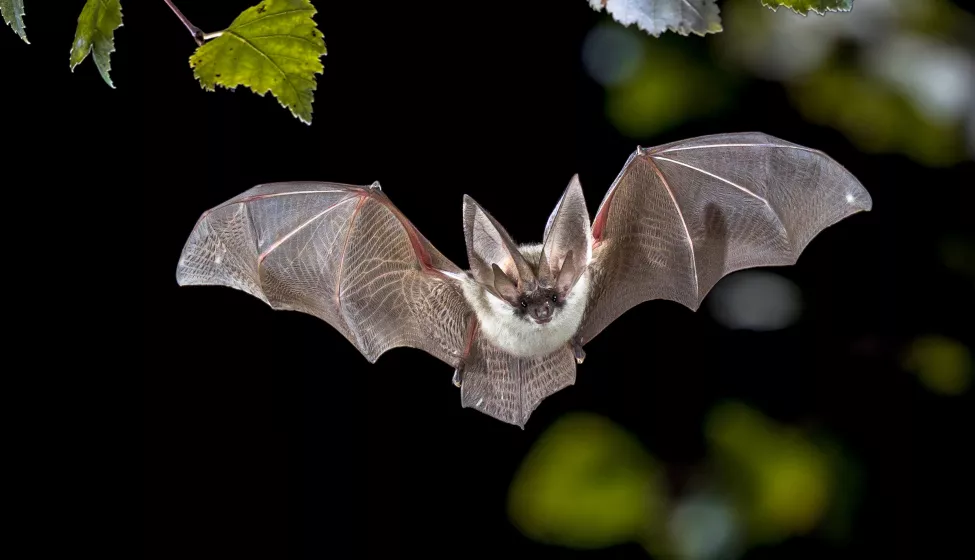December 5, 2024
Vital to ecosystems across the globe, bats serve as key pollinators, seed dispersers, and natural pest controllers — including agricultural pests, which bats consume in large quantities. Bats are also considered valuable bioindicators of broader mammalian contaminant exposure to environmental pollutants.
In an article titled "A systematic review of trace elements in the tissues of bats (Chiroptera)" and published in the journal Environmental Pollution, Exponent Ecological & Biological Sciences consultant Beatrice Hernout and co-authors from Clarkson University analyzed 75 research papers to investigate how bat species, diet, and tissue type impact the bioaccumulation of metals and metalloids and the value of using bats as indicators of environmental contamination.
A review of research on contaminant bioaccumulation in bats
In their literature review, the authors found documentation of concerning values for mercury, zinc, lead, iron, calcium, and additional essential metal accumulation in bat hair and kidney and liver tissues. However, tissue accumulation patterns were found to differ depending on bat diet (contrasting insectivorous and frugivorous bats) and species.
The authors also noted in their review various information gaps, including:
- A lack of studies conducted outside of North America, Europe, and Australia — regions featuring relatively low diversity of bat species
- A lack of "measured toxicity thresholds specific for bat tissues"
The authors' literature review contributes to further research on health effects to bats related to trace element bioaccumulation, the ecotoxicological study of pollution on other small mammals using bats as bioindicators, and ongoing conservation efforts of bat species, a number of which are threatened.

"A systematic review of trace elements in the tissues of bats (Chiroptera)"
Access the full version for purchase here
From the publication: "Many bat species have a long lifespan compared to other small mammals, feed at a high trophic level, and have a high metabolic rate requiring a high caloric intake that increases exposure to contaminants in food. These attributes result in high contaminant body burdens, making bats suitable species for monitoring the effects of metal bioaccumulation in tissues."


